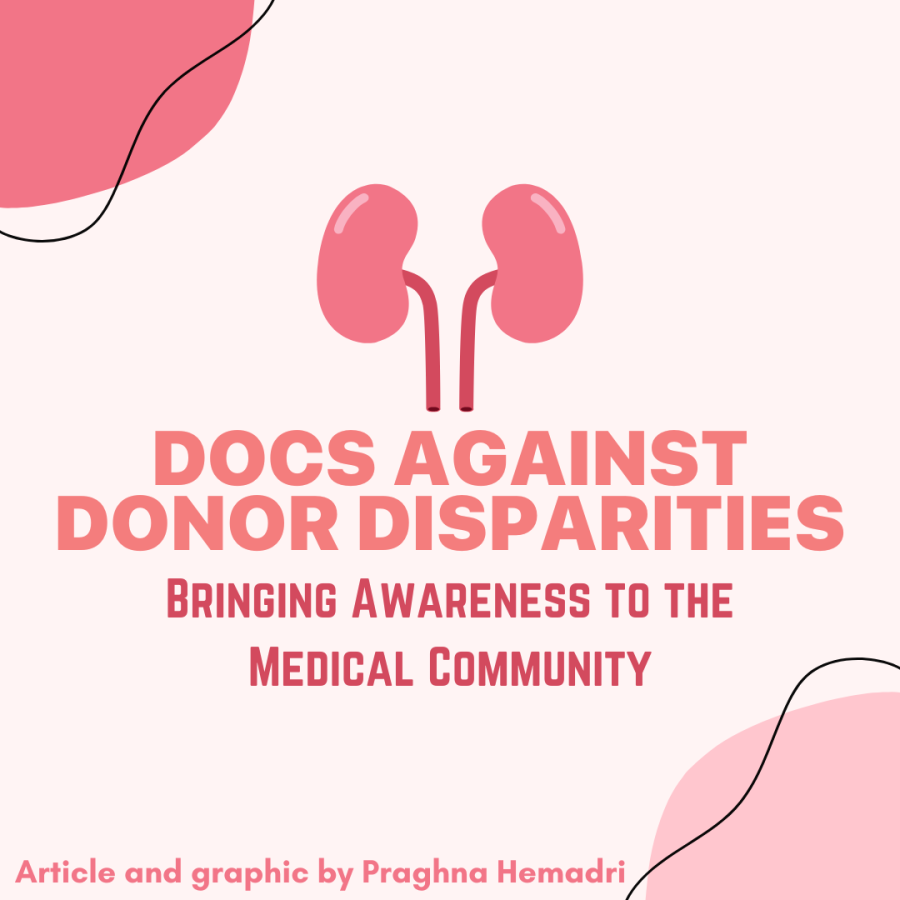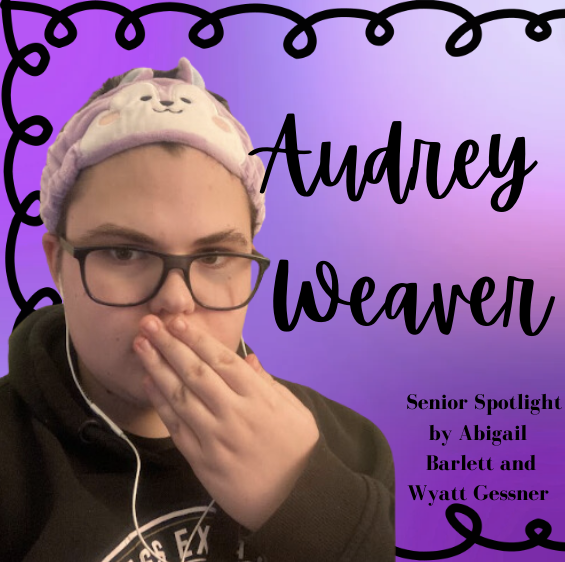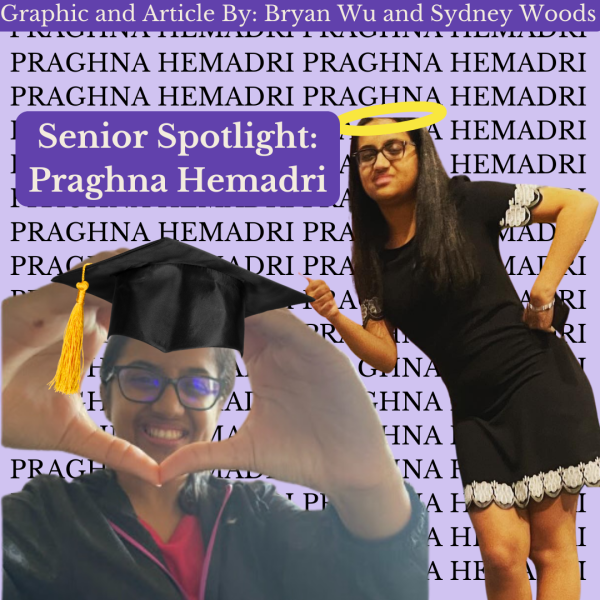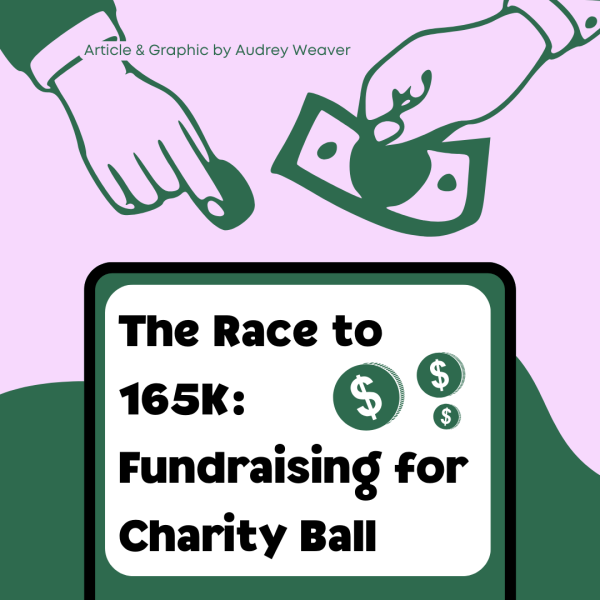Docs Against Donor Disparities: Bringing Awareness to the Medical Community
Sophomores from Future Healthcare Professionals (HOSA) and the Medical Bio Science Academy (MBSA) want to bring light to prevalent organ donor disparities with a new educational project, Docs Against Donor Disparities, started last year.
Their plan of action is to emphasize how people of color and minorities get cheated out of receiving proper organ donations. While minorities get cheated out of this, they’re the most in need of organ donation.
“There is this formula that [hospitals] use, where it is made harder for a person of color to receive an organ transplant compared to a white person,” says Alexandria Shue.
According to Johns Hopkins University, since 1995, the number of white people who have received organs has gone up from 7% to 11.4%. For Asians, it increased from 5.1% to 5.6%, but for African Americans, it has gone down from 3.4% to 2.9%. Similarly, for Hispanics, it has decreased from 6.8% to 5.9%.
When asked where their inspiration came from to start shedding light on this issue in the medical community, the group members explained that they all took a class called Foundations of Health Science, taught by Ms. Ledford, where they learned that minorities are always at a disadvantage in the medical community, no matter the aspect.
“Our topic last year was how there wasn’t diversity in medical illustrations. […] People of color are treated much worse than a white person,” says Ansha Gupta. “And we really do want to educate our community on that, […] because we’ve been conducting surveys, and a lot of people just don’t have knowledge about these issues. So we want to shed light on that.”
As for steps to take initiative, the group has been doing live community outreach projects, including reaching out to the North Carolina DMV to place posters about organ donation and its benefits, but their main platform has been social media, primarily their Instagram (@docsagainstdonordisparities). From interviews to regular updates with colorful graphics, this group of sophomores have a social media presence on Instagram. They’ve even hosted an interview via Zoom with Dr. Pam Smith from Donate Life North Carolina.
“We’ve also done a lot of research prior to our infographics and we’ve gotten many statistics and then we’ve also talked to a few people that have donated their organs and they’ve told us their story,” says Gupta.
The group will be competing in the upcoming HOSA competition, where they’re hoping to gain more support from all the future health professionals competing in the events. They hope to continue this amazing initiative post-high school, and hopefully take this to a bigger platform.
If you would like to support this group of sophomores and their strides to bring awareness to donor disparities in minorities, donate through their GoFundMe and visit their website to learn more about their project. If you have any questions or concerns or would like to directly contact them email them at [email protected] or visit their Instagram page at @docsagainstdonordisparities.
Works Cited
Cooper, Lisa A., et al. “Disparity Persists: Racial and Ethnic Minority Patients Still Less Likely Than White Patients to Get Live Donor Kidney Transplants.” Newsroom, 23 Jan. 2018, Johns Hopkins Medicine, https://www.hopkinsmedicine.org/news/newsroom/news-releases/disparity-persists-racial-and-ethnic-minority-patients-still-less-likely-than-white-patients-to-get-live-donor-kidney-transplants. Accessed 4 Mar. 2023.
Your donation will support the student journalists of Enloe Magnet High School, allowing us to cover our annual website costs. We are extremely grateful for any contribution, big or small!
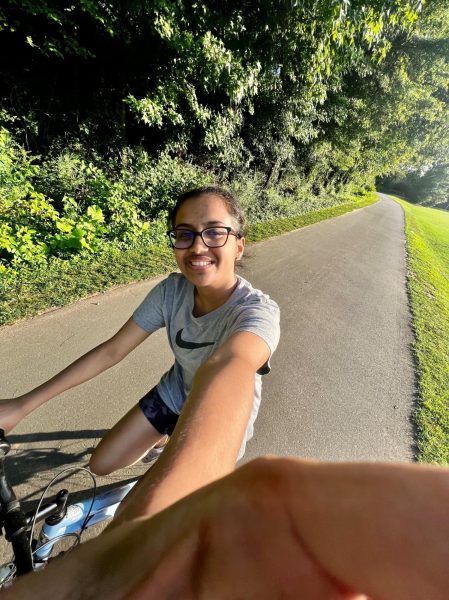
(She/her)
Praghna is a senior who is pumped to return to Eagle’s Eye as an Executive Editor! She’s planning on pursuing a degree in chemistry in...


